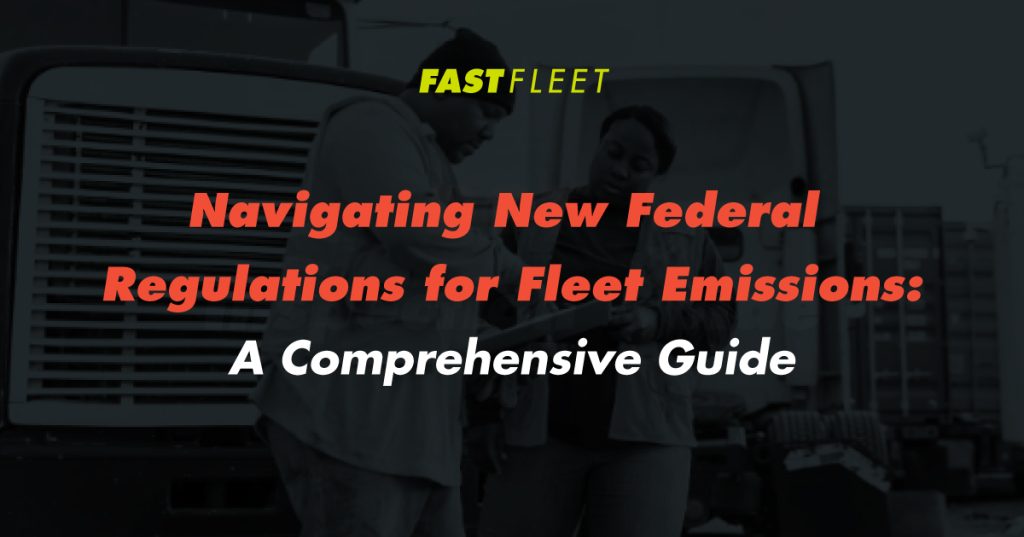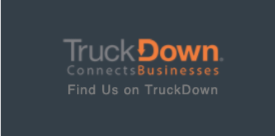As environmental concerns rise, federal regulations for fleet emissions are becoming more stringent. This comprehensive guide will help fleet managers navigate these new regulations, ensuring compliance while maintaining operational efficiency.
The New Federal Regulations for Fleet Emissions
The recent changes in federal regulations aim to reduce greenhouse gas emissions and promote environmental sustainability. Here’s a detailed look:
Key Components of the New Regulations
- Emission Standards: Stricter limits on pollutants such as CO2, NOx, and particulate matter.
- Fuel Efficiency Requirements: Mandates for improved fuel efficiency in commercial vehicles.
- Alternative Fuel Incentives: Encouragement for adopting electric, hybrid, and other alternative fuel vehicles.
Timeline and Implementation
- Immediate Compliance Deadlines: Dates by which fleets must comply with new standards.
- Phased Implementation: Gradual enforcement of regulations over several years to allow for adaptation.
Assessing the Impact on Your Fleet
Understanding how these regulations affect your fleet is crucial for strategic planning.
Operational Adjustments
- Vehicle Upgrades: Need for newer, compliant vehicles or retrofitting existing ones.
- Maintenance Practices: Enhanced maintenance protocols to ensure ongoing compliance with emission standards.
Financial Implications
- Capital Expenditure: Costs associated with purchasing new vehicles or retrofitting current ones.
- Operational Costs: Potential increase in operational costs due to advanced maintenance and fuel efficiency measures.
Developing a Compliance Strategy
A proactive approach to compliance will help mitigate the impact of these regulations.
Conducting a Fleet Audit
- Emission Levels Assessment: Evaluate current emission levels of your fleet.
- Vehicle Age and Condition: Assess the age and condition of vehicles to determine compliance feasibility.
Creating an Action Plan
- Upgrade and Replacement Plan: Schedule for upgrading or replacing non-compliant vehicles.
- Training and Education: Training programs for drivers and maintenance staff on new compliance requirements.
Exploring Financing and Incentive Options
Securing financing and leveraging incentives can ease the financial burden of compliance.
Government Grants and Incentives
- Clean Vehicle Grants: Federal and state grants for purchasing low-emission vehicles.
- Tax Credits: Tax incentives for businesses investing in energy-efficient and alternative fuel vehicles.
Financing Options
- Green Financing Programs: Loans and leasing options specifically designed for eco-friendly vehicles.
- Traditional Financing: Bank loans and commercial vehicle loans for purchasing new compliant vehicles.
Leveraging Technology for Compliance
Technology can be a valuable ally in ensuring compliance with new regulations.
Emission Monitoring Tools
- Telematics Systems: Use telematics to monitor real-time emissions and vehicle performance.
- Diagnostic Tools: Implement diagnostic tools for early detection of emission-related issues.
Fleet Management Software
- Compliance Tracking: Use fleet management software to track compliance status and generate reports.
- Maintenance Scheduling: Automated maintenance scheduling to ensure vehicles are always in compliance.
Benefits of Compliance
While compliance can be challenging, it also offers several benefits:
Environmental Impact
- Reduced Emissions: Lower greenhouse gas emissions contribute to a healthier environment.
- Sustainability Goals: Aligning with sustainability goals can enhance corporate reputation and customer trust.
Operational Efficiency
- Fuel Savings: Improved fuel efficiency reduces operational costs.
- Enhanced Performance: Newer vehicles with advanced technology often perform better and are more reliable.
Navigating the new federal regulations for fleet emissions requires a strategic approach, but the benefits of compliance are substantial.
By understanding the regulations, assessing the impact on your fleet, developing a compliance strategy, exploring financing options, and leveraging technology, you can ensure your fleet remains compliant and efficient.
Ensure your fleet is always on the move with reliable roadside repair services from Fast Fleet.
Contact us today to learn how we can support your fleet operations and keep your business running smoothly.
















